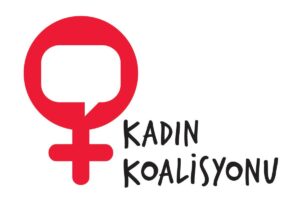Gender quotas are numerical targets that stipulate the number or percentage of women that must be included in a candidate list or the number of seats to be allocated to women in a legislature. They aim to reverse discrimination in law and practice and to level the playing field for women and men in politics. Gender quotas, as they mostly regulate political parties’ actions, underscore the notion of political parties as the ‘gatekeepers’ through which citizens pursue opportunities for political leadership (Dahlerup 2006). Therefore quotas play a critical role in providing meaningful and effective opportunities for female party members to access elected public offices. To date, gender quotas have proved to be the single most effective tool for ‘fast-tracking’ women’s representation in elected bodies of government. It is, however, important to note that as an extensive body of research in this field suggests, quotas may have a differential impact in different contexts and in different electoral systems and may take longer than a single electoral cycle to produce the desired impact. Furthermore, electoral gender quotas do not remove all structural, institutional and societal barriers for women in politics, and need to be complemented by other measures designed to level the playing field for women.
There are three key types of gender quotas in politics:
- Legislated candidate quotas – These quotas regulate the gender composition of the candidate lists and are binding by law for all political parties in the election; they are mandated either through national constitutions or by electoral legislation.
- Legislated ‘reserved seats’ – These measures regulate by law the gender composition of elected bodies, by reserving a certain number or percentage of seats for women members, implemented through special electoral procedures; they are mandated either through national constitutions or by electoral legislation.
- Party quotas (also called voluntary party quotas) – These quotas are adopted by individual parties for their own candidate lists, and are usually enshrined in party statutes and rules.

